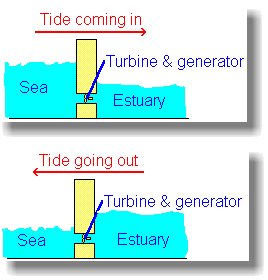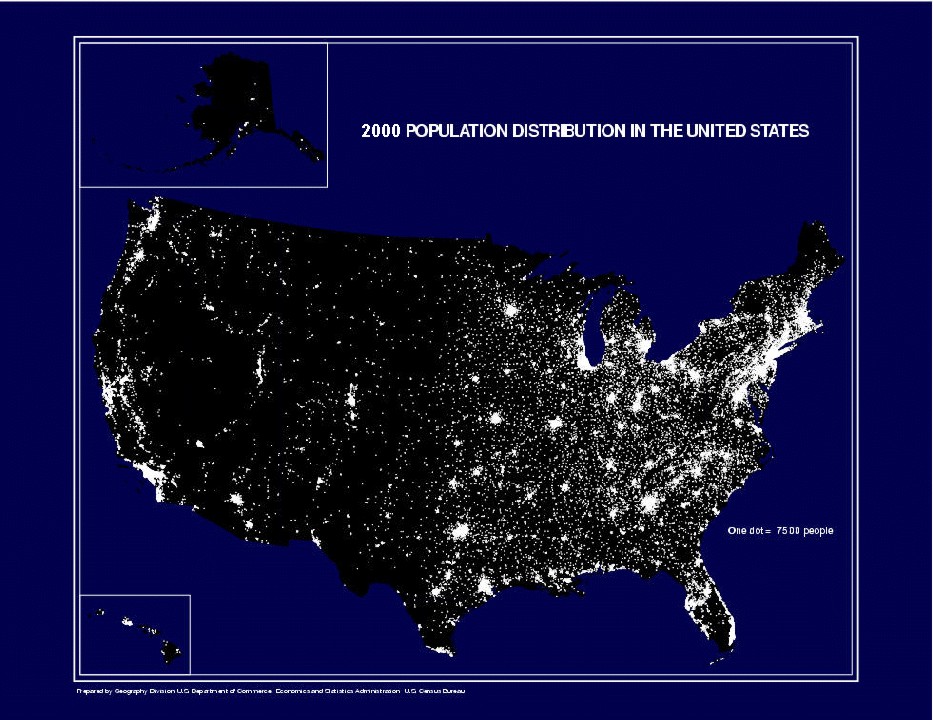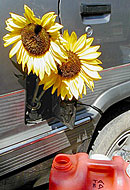Blog Archives
Tidal Barrage
No, it’s not the next disaster, it’s a way to harnass the power of the ocean’s tides to generate power.
Rance river barrage in France generates 240 Megawatts (MW)

What is a barrage you ask? Effectively, it is a barrier is built across a cove or inlet that provides a dam effect either keeping the tide out of the protected area or in it. Once the tide reaches the high or low line, the stored water is then released through turbines attached to generators to create power.
Images showing the concept

Since tides are predictable, this is an effective way of generating power in an entirely renewable manner. There are some negatives to this approach including generation time, it’s only part-time when the water is at the right level, cost, and potential environmental impacts (similar to dams in some respects.) While tidal barrages won’t solve the energy challenge single handedly, it’s possible this approach can be a part of some larger solution.
Technorati Tags: Energy | Renewable | Tidal Barrage
Hidden Asset: Space
Image from the US Census Bureau: one dot = 7,500 people

At one point, I was able to drive for nearly 6 hours without seeing another car, person, or sign of human activity. If you live east of the Mississippi River, I can understand you might have a different experience, but west of the river, is an entirely different story. You can see that the coasts and the eastern part of the US are rather densely populated. But the rest is sparse to say the least.
I wonder what we could do with this “hidden” asset?
Technorati Tags: US | Population | Density
Let’s grow our own fuel: Biodiesel
Agriculture is one thing this country has done well historically. It turns out, without a huge amount of hassle, we can use that agricultural prowess to “grow” our own fuel. Sound crazy? Perhaps, but something that’s happening today. In 1999, 500,000 gallons of biodiesel was produced in the US. In 2005, the volume was around 75 million gallons.

So what is biodiesel (mono alkyl esters) anyway? It’s a product of vegetable oil, methanol, and lye put through a process called transesterification. This yields usable fuel and a glycerin by-product. Turns out, it’s pretty trivial to produce on your own, there are many step by step guides, but this one is the clearest and most complete in my opinion.
Biodiesel works in any standard diesel engine and can be (and is) mixed with petrodiesel to get different properites. For instance, biodiesel is more viscous than standard petrodiesel and is more temperature sensitive (if you’re in the cold, you want a bio-petro mix most likely.) This fuel is for sale in retail locations with ratings like B20 (20% bio) to B100 (100% bio.)
With the crunch on fossil fuels, wouldn’t it be great if we could simply grow our way out of this mess? Here’s a great FAQ on the fuel.








